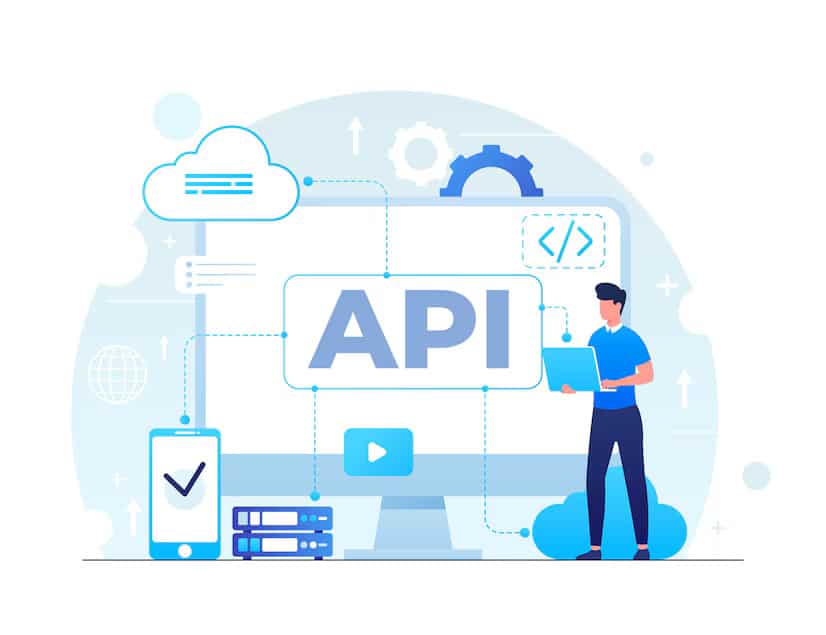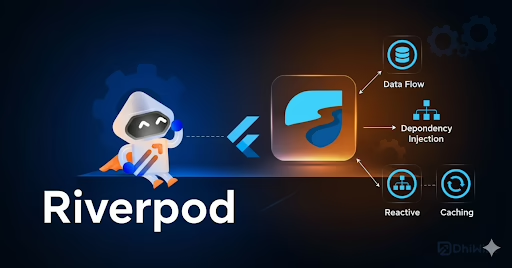One of the most important skills for creating dynamic, data-driven mobile applications with Flutter is working with APIs. This is an extensive tutorial on using Flutter’s APIs
Understanding APIs
An Overview of APIs Describe APIs, their role in app development, and how they help to make software systems communicate with one another.
Different API types: Distinguish between RESTful APIs, GraphQL, SOAP, and other forms of APIs. An emphasis is given to RESTful APIs since they are frequently used in the creation of mobile applications.
Setting Up Your Project
Incorporating Dependencies To conduct HTTP queries in your Flutter project, incorporate HTTP client libraries like HTTP or more sophisticated packages like dio.
Configuration: Include permissions, error handling, and timeout options in your project setup so that it can securely handle network requests.
Making API Requests
Executing GET Requests: Show how to use HTTP GET requests to retrieve data from an API endpoint. This also includes how to handle failures and responses.
Sending POST Requests: Discuss sending form data or JSON payloads to the server via POST requests.
Parsing JSON Responses
JSON Parsing: Describe how to use built-in functions or packages like json_serializable or built_value to parse JSON replies from API queries into Dart objects.
Managing API Endpoints
Error Handling: When parsing JSON, deal with null values, unusual data types, and parsing mistakes in a gentle manner.
Configuration of the Environment: Talk about methods for using environment variables or configuration files to manage various API endpoints for development, testing, and production environments.
API Authentication: Discuss several authentication mechanisms and how to safely incorporate them into your Flutter application. Examples include OAuth, token-based authentication, and API keys.
State Management and API Requests
State Management Libraries vs. Stateful Widgets Describe the various methods for managing the states of an API request in Flutter, contrasting them with Stateful Widgets, Provider, Riverpod, and Bloc.
States of loading and error: When retrieving data from APIs, provide consumers feedback by implementing loading indicators and error warnings.
Caching and Offline Support
Data Caching: Talk about methods for locally caching API replies using packages like shared_preferences or hive to enhance app speed and lower network use.
Offline Support: When the network is accessible, synchronize locally stored data with the server to enable offline support.
Testing API Calls
Unit Testing: To test various scenarios and edge situations, create unit tests for API service classes and methods using fictitious HTTP clients.
Verify the communication between your application and the real API endpoints by running integration tests.
Best Practices and Optimization
Enhancing Requests for Networks: Discuss recommended methods for maximizing payload sizes, leveraging HTTP caching headers, batching requests, and optimizing network requests.
Policies for Error Handling and Retries: Use retry strategies and strong error handling techniques to smoothly tolerate temporary network outages.
Real-world Examples and Case Studies
Constructing a Weather App: Create a weather app with a simple user interface that retrieves weather information from a weather API.
Connecting Third-Party APIs: Incorporate well-known APIs into your Flutter application, such as Google Maps, Firebase, or Twitter API, and show off how to take advantage of their features.
Contact Sreyas IT Solutions if you need to customize your mobile app to increase its UIUX. User-friendliness and customer satisfaction are the goals that help us to create many global customers all around the world. Different IT-related services like web and mobile app development, customization, website designing, SEO, and many more are provided by Sreyas.







